These are the same principles Disney animators developed in the 1930s — still the bible of animation in 2025
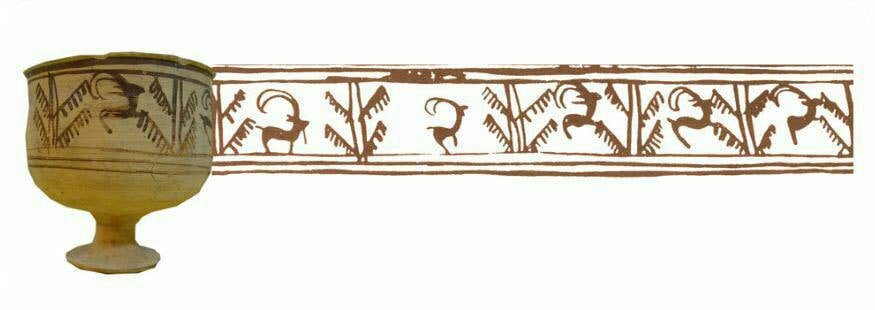
1. Squash and Stretch

Gives weight and flexibility. A bouncing ball squashes on impact and stretches in the air.
Rule: Volume stays the same
2. Anticipation
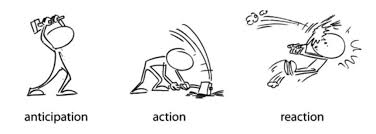
Prepares the audience for the main action (character bends before jumping).
3. Staging

Present the idea clearly — strong silhouettes, clear poses, camera angle helps tell the story.
4. Straight Ahead Vs Pose-to-Pose

Straight Ahead = draw frame 1 → 2 → 3 (great for fluid, organic motion).
Pose-to-Pose = plan key poses first, then fill in-betweens (better control).
5. Follow Through & Overlapping Action

Parts of the body stop at different times (hair keeps moving after head stops).
6. Slow in & Slow Out
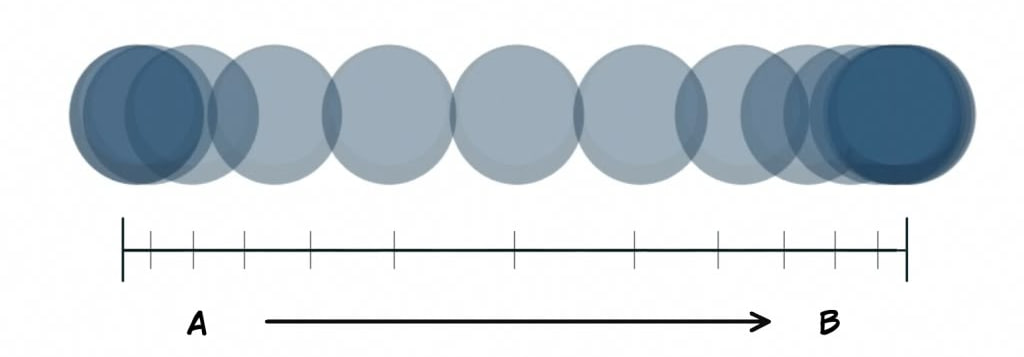
Movement starts slow, accelerates, then slows into the next pose.
7. Arcs
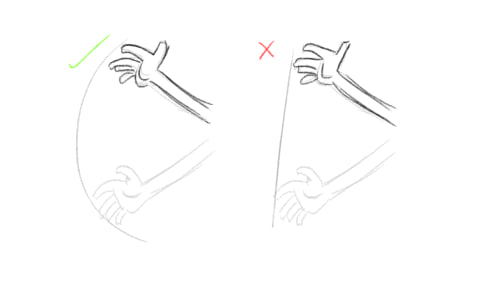
Natural movement follows curved paths, not straight lines.
8. Secondary Action

Small actions that support the main action (tail wag while dog runs).
9. Timing

Number of frames = speed and weight. More frames = slower/heavier.
10. Exaggeration

Push poses and timing for more appealing, fun result.
11. Solid Drawing
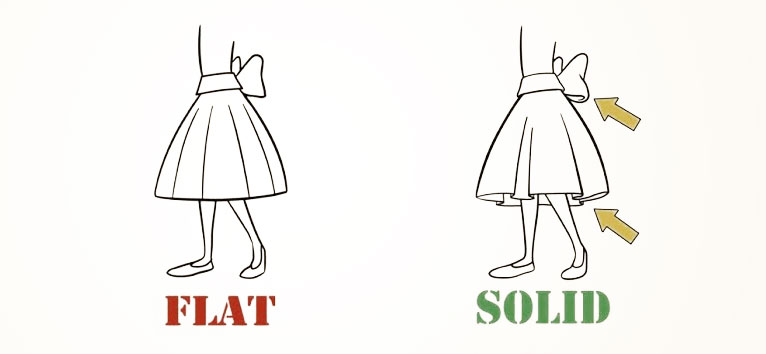
Understand 3D form, weight, balance even in 2D.
12. Appeal
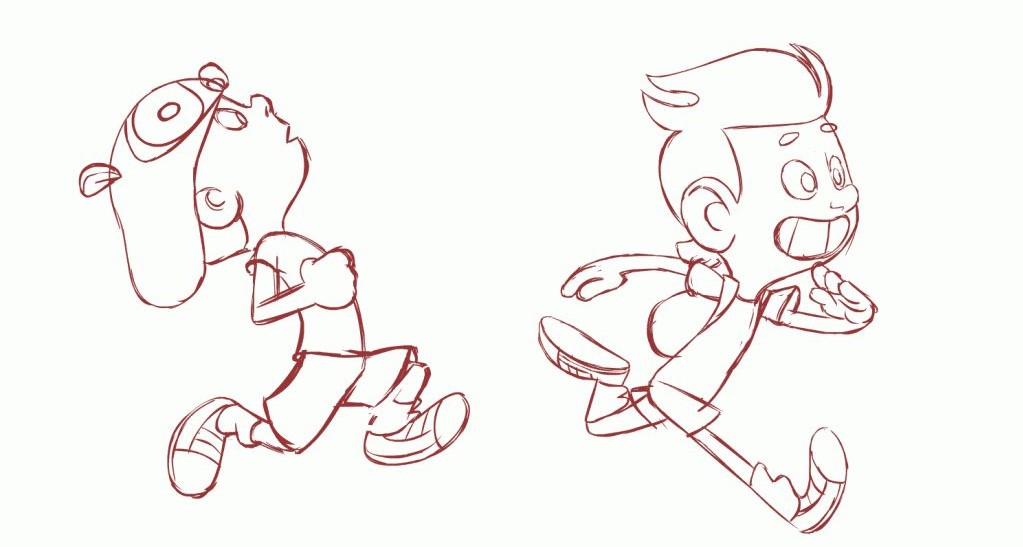
Charismatic designs and movements — heroes or villains, audience must want to watch them.
Quick Exercise for Each Principle:
Every principle has a 1-page mini-exercise (e.g., bouncing ball for Squash & Stretch, head turn for Overlap, flag wave for Follow Through).

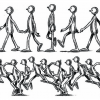




Recent Comments